| Microcontroller |
ESP32-S3 |
|---|---|
| Product Dimensions (mm) |
57.3mm x 44.4mm x 7.1mm |
| Shipping Weight | 0.017 kg |
| Shipping Dimensions | 17 × 10 × 2 cm |
Adafruit Qualia ESP32-S3 for TTL RGB-666 Displays
- Microcontroller: ESP32-S3
- Built-in peripheral for driving TTL displays.
- USB C connector for power and programming.
₨ 100.10
Out of stock
Out of stock
The ESP32-S3 is the first low-cost microcontroller that has a built-in peripheral that can drive TTL displays and can come with enough PSRAM to buffer those large images. For example, on the Adafruit Qualia ESP32-S3 for TTL RGB-666 Displays, we use an S3 module with 16 MB of Flash and 8 MB of octal PSRAM. Using the built-in RGB display peripheral you can display graphics, images, animations, or even video (Cinepak, natch!) with near-instantaneous updates since the whole screen gets updated every ~30FPS.
This Dev board is designed to make it easy for you to explore displays that use the “secondary standard’ 40-pin RGB-666 connector. This pin order is most commonly seen on square, round, and bar displays. One nice thing about this connector ordering is that it also includes pins for capacitive touch overlay, and we wire those up to the ESP32-S3’s I2C port so you can also have touch control with your display.
Don’t forget! This is just the development board, a display is not included. Use any RGB-666 pinout display with or without a touch overlay.
On the Qualia board, we have the S3 modules, with 16 pins connected to the TFT for 5-6-5 RGB color, plus HSync, VSync, Data Enable, and Pixel Clock. There’s a constant current backlight control circuit using the TPS61169 which can get up to 30V forward voltage and can be configured for 25mA-200mA in 25mA increments (default is 25mA). Power and programming are provided over a USB C connector, wired to the S3’s native USB port. For debugging, the hardware UART TX pin is available as well.
Since almost every GPIO is used, and almost all RGB-666 displays need to be initialized over SPI, we put a PCA9554 I/O expander on the shared I2C bus. Arduino or CircuitPython can be instructed on how to use the expander to reset and initiate the display you have if necessary. The remaining expander pins are connected to two right-angle buttons and the display backlight.
Features:
- Powered by the ESP32-S3 for high performance and efficient processing.
- Specifically designed to drive TTL RGB-666 displays for vibrant and accurate color rendering.
- Offers versatile connectivity options, enhancing compatibility with various displays and projects.
- Compact design makes it suitable for space-constrained applications and projects.
- Maintains Ada fruit’s quality standards, ensuring reliability and durability.
- Optimized for efficient operation, providing a balance of performance and energy efficiency.
- Facilitates easy integration into different projects, suitable for both enthusiasts and developers.
- Enables vivid and detailed visuals on supported TTL RGB-666 displays for enhanced user experience.
- Offers a range of features for comprehensive control over connected displays.
- Tailored for enthusiasts and developers seeking a robust and feature-rich solution for driving TTL RGB-666 displays with the added benefits of the ESP32-S3 platform.
Package Includes:
1 x Adafruit Qualia ESP32-S3 for TTL RGB-666 Displays
Only logged in customers who have purchased this product may leave a review.

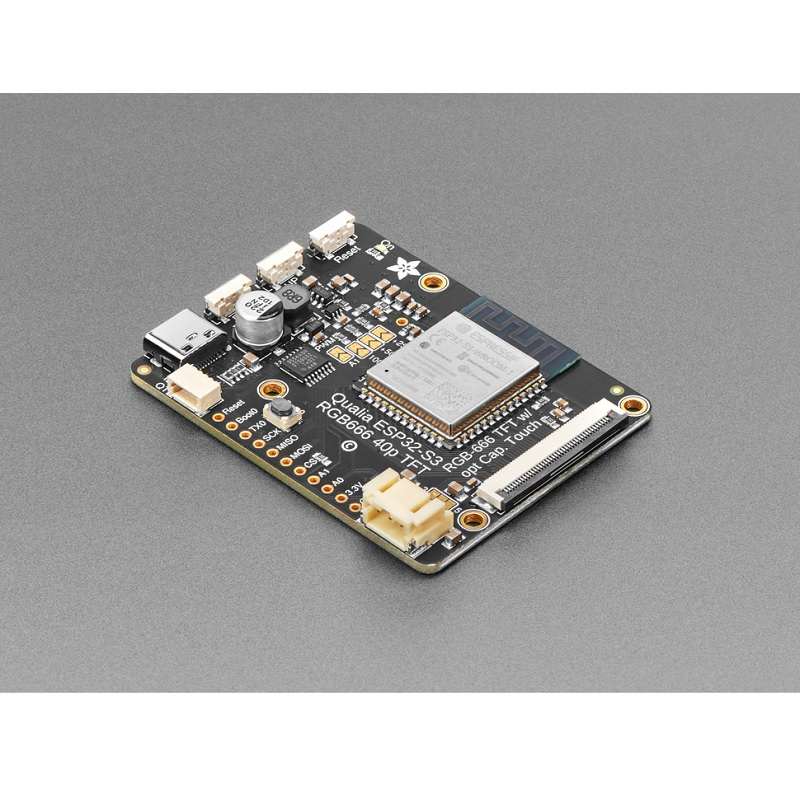
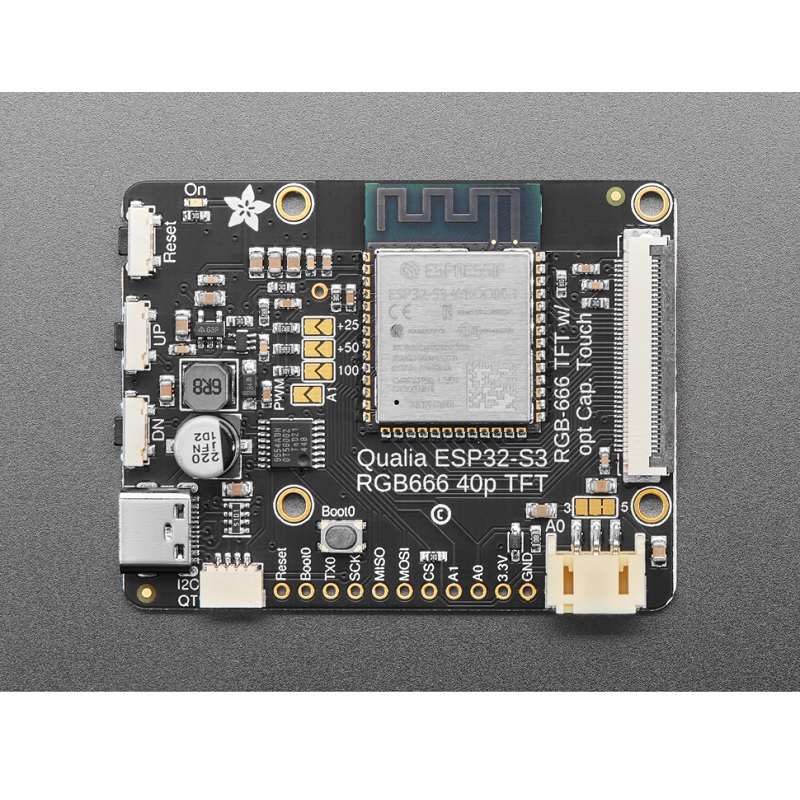
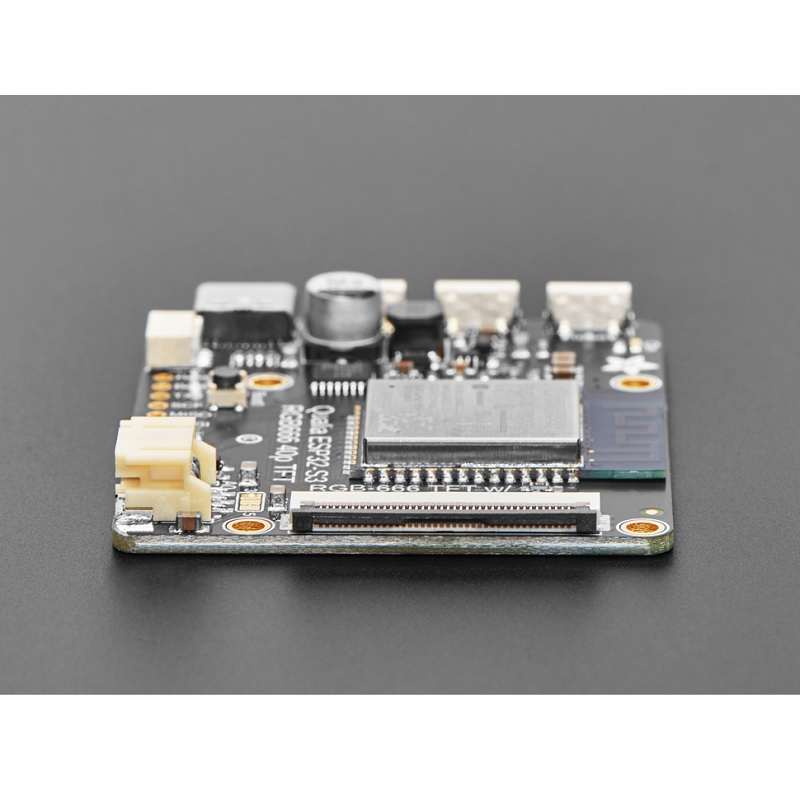
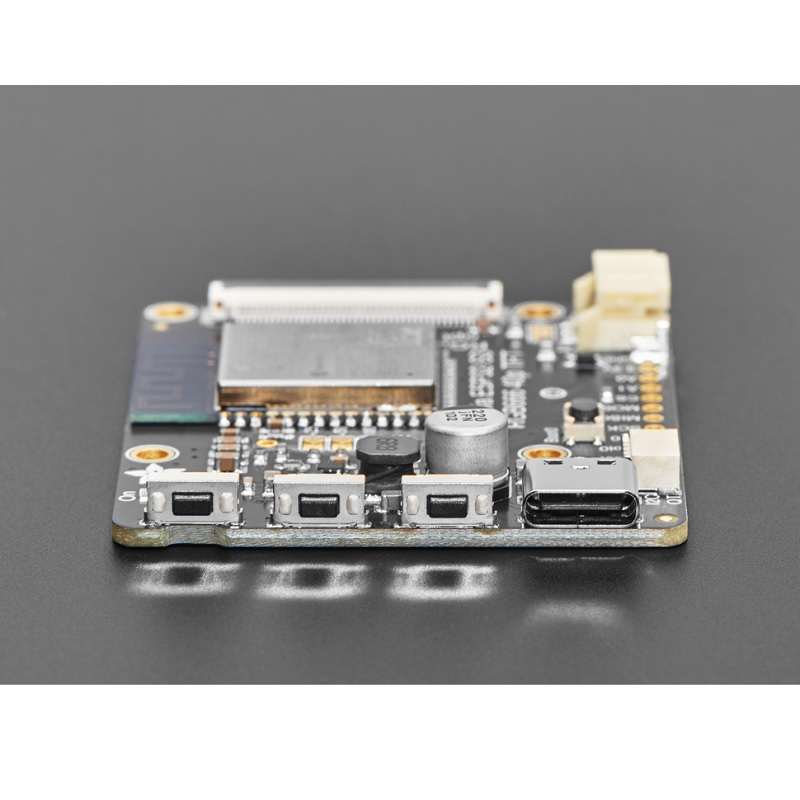
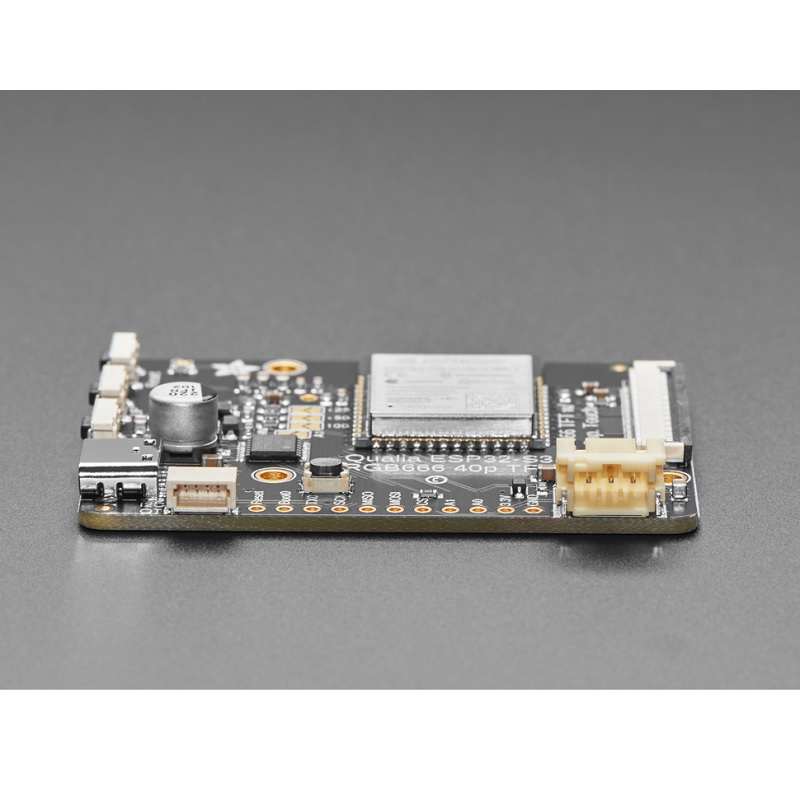
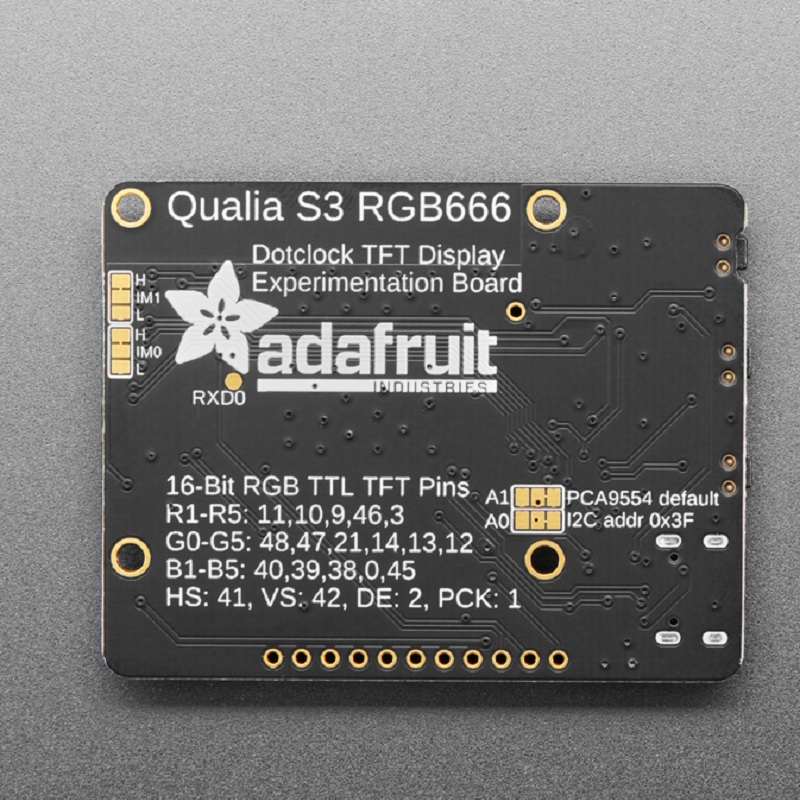






Reviews
Clear filtersThere are no reviews yet.